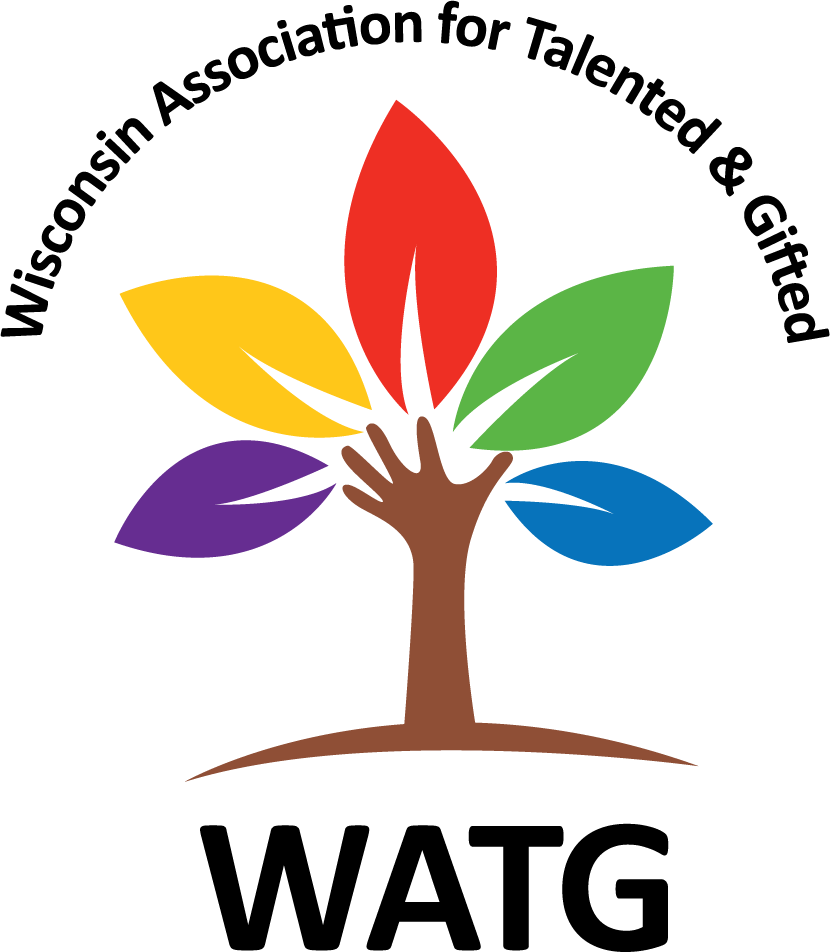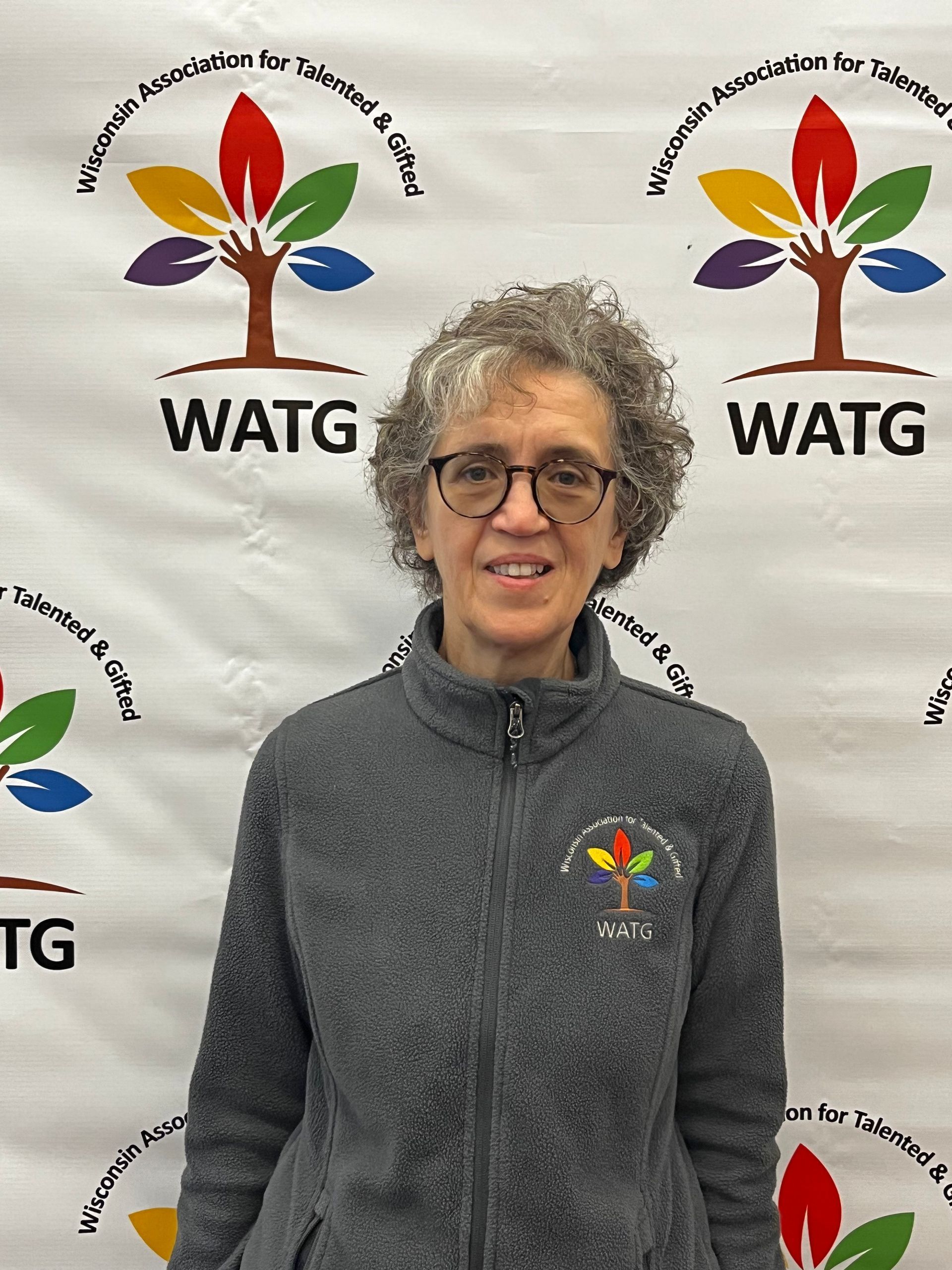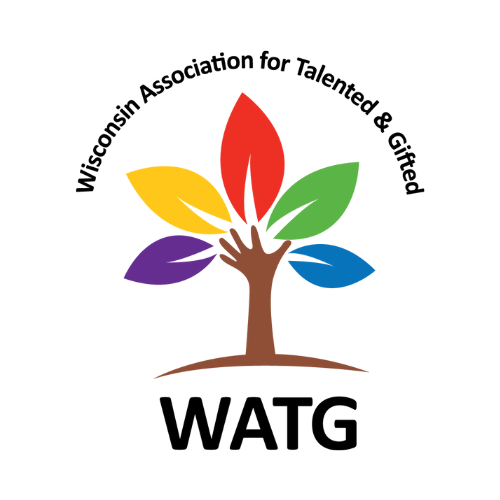Doodlers Unite!
Are you a doodler, a scribbler on a notepad, or a border designer on pre-printed papers when sitting in meetings. Or are you just bored? Does your child/student “enhance” the edges of their school papers and notes with stars, fancy letters, faces, or other adornment? Are his/her notebooks covered with designs and names and symbols and are no longer pristine? I did and still do all of these things. I color in the circular parts of “e”s, “a”s, “o”s, and other letters to make type print look better. I draw lines (curved or straight) between letters making my printed page into a spiderweb of designs. In my earlier school years, I would often draw little pictures of what was being discussed, in full color, because it was more interesting than just jotting down some written notes. My teachers also often called me on it, since I appeared to not be paying attention to whatever they were presenting. Not true! So, I learned to warn teachers who didn’t know me about what I was doing and why. Art became my passion, and then I became an art teacher.
Years ago, I teamed with other teachers and administrators to create a new-concept school, the Lincoln Center of the Arts in Milwaukee. Our mission was to use the arts to help students learn more fully in their academic classes. The idea was to use some kind of art to help teach an academic concept, and then to use that academic concept in some way in the arts classes. At that time, there was little scientific research (mostly educational narratives) to support the idea that students need the arts to maximize their academic learning. Arts were considered (and still are in many school districts) to be an extra pursuit; English/language arts, math, science, and social studies dominated the curriculum. More and more research is now emerging to support and encourage the use of arts in academic learning.
One article I just read,
Boosting Students’ Memory Through Drawing shows how memory is enhanced by the use of drawing; it engages multiple senses, rather than just the visual or auditory; this is important especially in a lecture environment. The research shows that memory is enhanced not just by a little, but by a lot, when students add illustrations or diagrams or pictures of what they are learning, even if no notes are attached. Pictorial representation solidifies learning!
Another article validated our early work as an arts school; it demonstrated how there are more engaging ways to get students to learn if the arts are used as a cross-curricular pathway. It supported our quest to create new ways of learning using the arts. The article,
How Arts Education Engages Students More Deeply in Other Subjects, is well worth your read. This is why we have to keep encouraging teachers, administrators, schools, and legislators to honor the arts in our schools.
Kids doodle and draw when they are small, without thought as to why they are doing it. We now know that it is a necessary part of learning and need to encourage it. Also, as teachers and parents/caregivers, we have to realize that when our students or children are doodling, they are probably thinking and learning more deeply; their “art work” should be encouraged as another way to demonstrate what they have learned, even if it is just within their notes. Perhaps the arts could even be used more often beyond the “process” of learning. They could be used in the creation of “products” of learning – think a “Venn drawing” to compare/contrast two books, a musical composition and a poem to describe a concept, or an interpretive dance to evoke emotion.
As teachers/parents/caregivers,
you have to lead the way. Give your children a chance to see you learn creatively. Doodle, draw and decorate away! Make it acceptable and celebrate the inevitable!
Ars longa, vita brevis (long live the arts, life is short).
By Dal Drummer, WATG Treasurer











